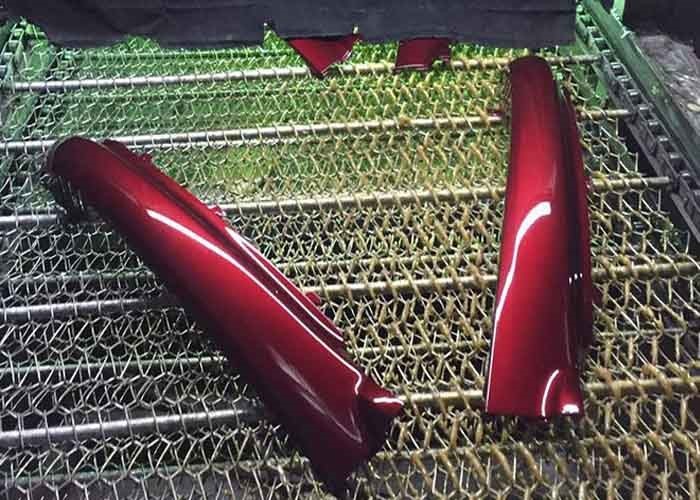

Low viscosity resin is solid, moisture intensive, and economical. When it comes to wood projects, filling cracks or sealing live edge, Low. High viscosity epoxy will not penetratre the wood fibers/cavities as well as a low viscosity epoxy solition giving a poor structural bonding. These are low-odor, solvent-free, and great to use for structural injection needs. First of all a high Viscosity epoxy will not release bubbles so easily causing you to use a torch or heat gun to get rid of those. It is durable and sturdy, however, it takes longer to cure than its one-compound counterpart. Viscosity, one of the important properties, is respo. Ultra-low viscosity epoxy is usually a two-compound epoxy. The authors mentioned that: "In the simulation of dispersion using RANS models, the turbulent Schmidt number (Sct) has a significant impact on the calculation of concentration equation (Tominaga and Stathopoulos, 2007). From Munson, B R, Young, D F 1999, 'The behavior of a flowing fluid depends on various fluid properties. I just saw this term in a few papers, e.g.: A study of interunit dispersion around multistory buildings with single-sided ventilation under different wind directions. I was want to ask if eddy viscosity = turbulent momentum diffusivity? I think what you mean is molecular momentum diffusivity. Thanks for your kind answer! Sorry that I did not express it clearly. When a turbine-type mixer creates turbulence in the lower viscosity ranges (less than 5,000 centipoise), the resulting flow is chaotic. It is a coefficient in the linear relation between the strain rate tensor and the Reynolds stress tensor. To better understand the ramifications of high-viscosity mixing, let’s first review a much simpler case that of turbulent flow in low-viscosity mixing. It is a material/molecular property.Įddy viscosity is a flow property.

Momentum diffusivity is the molecular viscosity divided by density.

Eddy viscosity VS Turbulent viscosity - CFD Online Discussion Forums


 0 kommentar(er)
0 kommentar(er)
